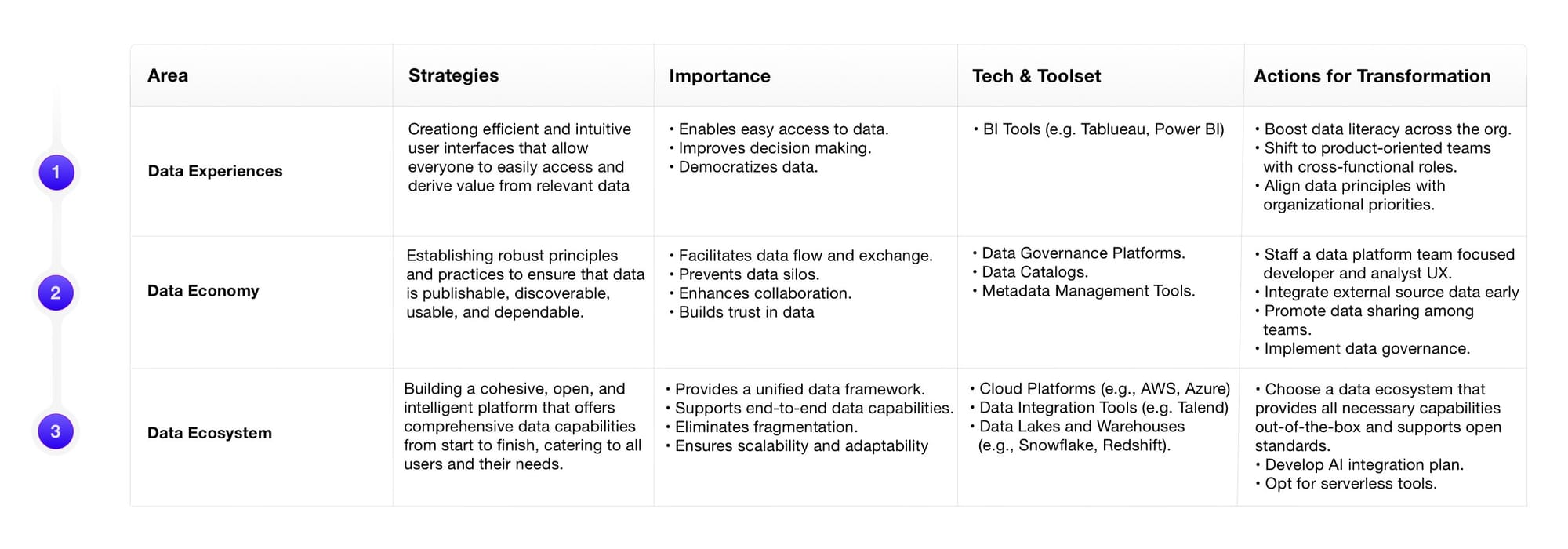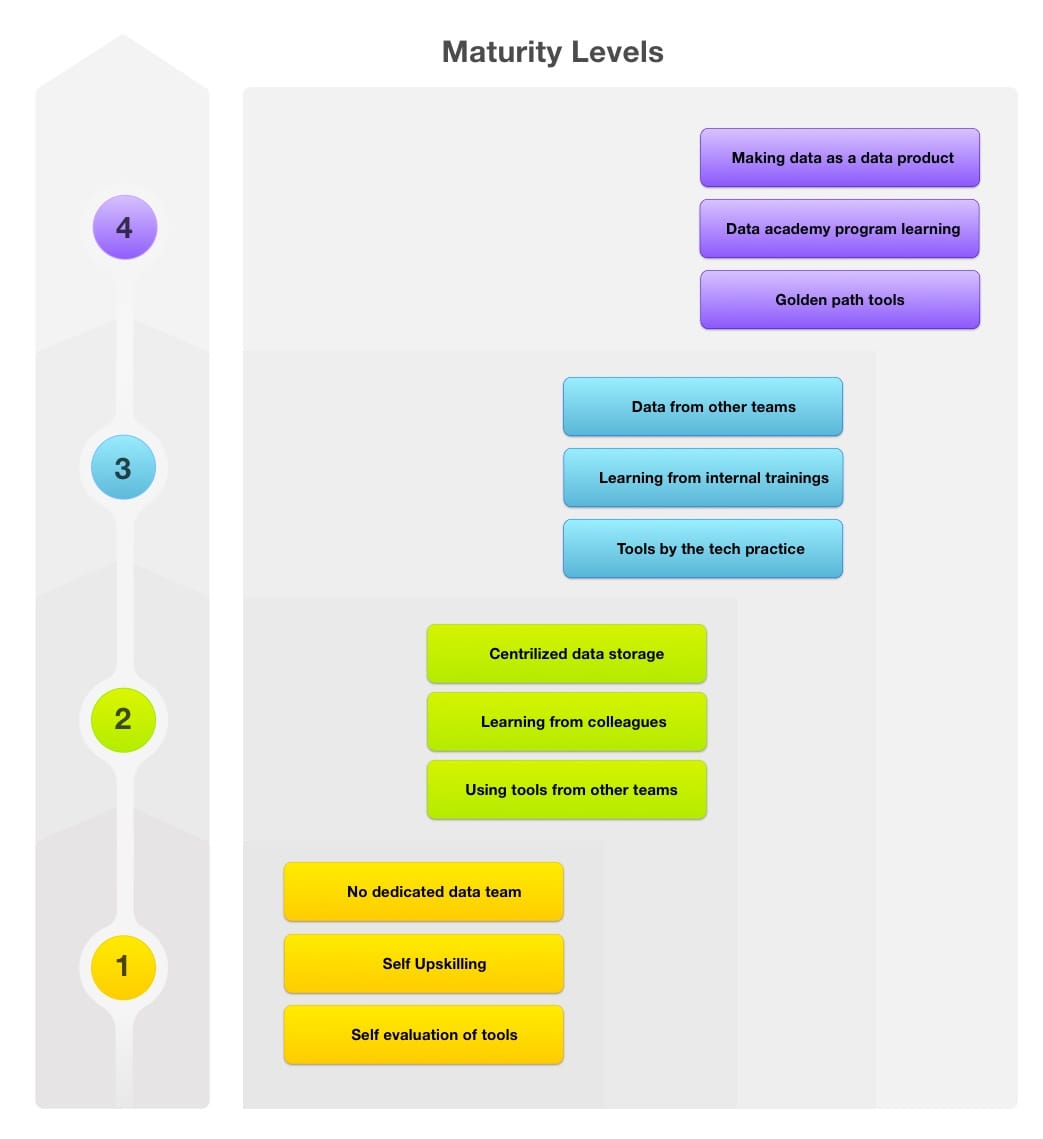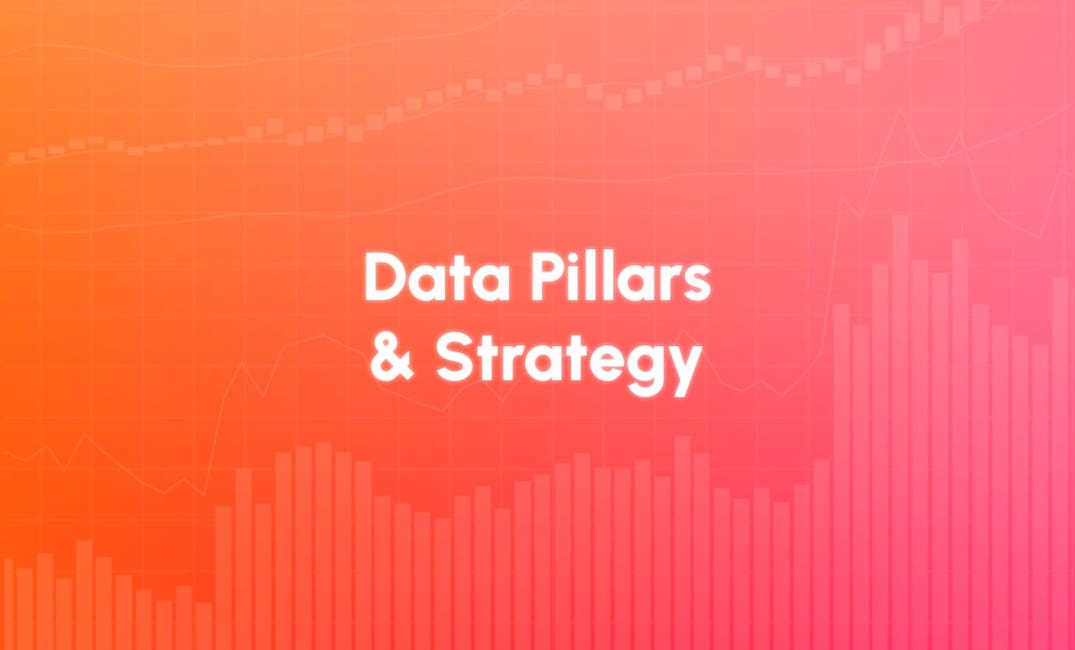Navigating the Data-Value Gap
In recent years, we've witnessed rapid technological advancements in big data and cloud computing. These innovations are primarily driven by organizations' growing need to extract meaningful value from their data. The question arises: why is there such a keen interest in these developments? The answer lies in the evolving nature of business requirements, which are changing at a pace that often outstrips our ability to adapt existing processes. This dynamic creates a significant gap between data potential and actual value realisation.
We are currently navigating an era of unprecedented technological progress in big data and cloud domains. While it's clear that data is a powerful driver of innovation, the speed at which business needs evolve often exceeds the capacity of existing processes to keep up. For example, consider the retail industry: consumer preferences and market trends can shift rapidly, requiring real-time data analytics to tailor marketing strategies and inventory management. However, traditional data processing systems may not be agile enough to provide the necessary insights promptly, leading to missed opportunities and decreased competitive advantage.
Ask the right questions
Before embarking on the journey to design a modern data strategy for your organization, it's crucial to ask yourself a series of key questions. Do you have democratized access to data products to foster a robust data economy? Is your data platform capable of providing a technological ecosystem that scales with modern tools? Are you ensuring that everyone in your organization has a positive experience working with data, supported by dedicated learning paths for various roles? It's also essential to verify if your strategy supports all your data personnel, from app developers and business analysts to data scientists and business users. Can your organization effectively leverage data and AI to accelerate strategic business goals? Are you equipped to scale the next generation of data-driven solutions, including Data Science and Machine Learning? Additionally, consider whether you can share data both internally and externally in a governed manner. Addressing these questions confidently will set a strong foundation for a data strategy that propels your organization forward.
Bridging the Data-Value Gap
Intro: Bridging the Data-Value Gap The next step in your journey is gaining a clear understanding of how organizations can effectively implement tactics and strategic moves to bridge the data-value gap. To build an up-to-date data strategy, we must examine the three most important areas: Data Experiences, Data Economy, and Data Ecosystem. This will help you create a robust framework that enables your organization to leverage data efficiently. Let's dive into these critical areas in the next table and discuss how they can drive value in your organisation.

By focusing on productive user experiences, such as establishing boosting data literacy and adopting product-oriented teams, you ensure everyone can access and create value from relevant data. Meanwhile, fostering a strong data economy through dedicated data platform teams, early integration of external data, and solid governance practices lays the groundwork for a reliable and discoverable data environment. Lastly, building a cohesive data ecosystem with comprehensive, open, and intelligent platforms ensures end-to-end capabilities for all users.
Consider this: Imagine your data strategy as a pizza. The user experience is the perfect crust—crispy and robust enough to hold all the toppings. The data economy is the sauce and cheese, creating a delicious foundation that binds everything together. Finally, the data ecosystem is the variety of toppings that cater to everyone's taste, making the pizza a complete, satisfying meal. Without any one of these elements, your data strategy (or pizza) just wouldn't be as effective or enjoyable. Bon appétit!
The Impact of Organisational Culture on Data Utilisation
So if we have our areas outlined, we know what strategies to use, why are they important, and what are key technologies and tools to use, than what does still remains a problem for majority of companies? We have all the capabilities, an abundance of them, to be honest. You might have already guessed that it’s companies organisational culture.
One significant challenge organizations face is the misalignment between their evolving technological capabilities and their organizational culture. Despite the availability of advanced data tools and systems, the culture within the organization often remains static. This cultural stagnation impedes the anticipated outcomes and results that these new capabilities are designed to deliver. For instance, without a culture that encourages data literacy and proactive data usage, employees might not fully utilise sophisticated data analytics tools, leading to suboptimal decision-making. Consequently, users are left without access to data experiences that align with their level of maturity and expertise, ultimately stalling progress and innovation.
An example of this can be seen in a retail company that has recently implemented a state-of-the-art data analytics platform. While the technical infrastructure is in place, employees continue to rely on traditional methods of data analysis and reporting because the organisational culture has not yet adapted to embrace the new tools. This cultural lag results in underutilized resources and a failure to achieve the potential benefits of the new technology. Everything stays exactly as it was before the transition, except for the fancy new software sitting unused.
Strategies for Evolving Organisational Data Practices
While data platforms have significantly evolved, many organisations' models for becoming truly data-driven, making data accessible, and using it effectively have not kept pace. Organisations are striving to adapt to these rapid changes and close the data-value gap. Here are some key strategies to address this issue:
Adopt a DevOps Mentality for Data:
Integrating DevOps practices into data management can streamline processes and enhance collaboration between teams. This approach promotes continuous integration and delivery, ensuring that data is always up-to-date and accessible.
Manage Data as a Product:
- Treating data as a product involves clear ownership and defined service level agreements (SLAs).
- This ensures accountability and sets clear expectations for data quality, availability, and performance.
By implementing these strategies, organizations can better align their operational models with their advanced data platforms, thereby maximizing the value derived from their data assets.
Data Strategy Maturity and Organizational Impacts
The graph here illustrates the relationship between data strategy maturity and its organizational impact, highlighting the progression from basic data management to advanced data-driven decision-making. It depicts four distinct stages that organizations typically move through as they enhance their data capabilities: storing and managing data for application needs, analyzing data to make smarter decisions, using data from across the organization to make informed decisions, and building on other teams' work to go faster and not reinvent the wheel. Each stage represents a step towards more sophisticated and impactful data utilization, showcasing how improvements in data strategy can drive greater organizational success.

This framework underscores the importance of evolving an organization's data strategy to achieve maximum impact. By advancing through these stages, companies can transform from merely managing data for applications to leveraging comprehensive data insights for strategic decision-making. Ultimately, the goal is to create a data economy where data is not only used internally but also shared across the organization to foster innovation and efficiency. This progression highlights the critical role of collaboration, education, and strategic data use in closing the data-value gap and achieving a competitive advantage.
Leveraging Data Ecosystems for Competitive Advantage
Closing the data-value gap can significantly enhance an organization's competitiveness. From a technological perspective, data platforms are already supporting these ambitions. Selecting the right data ecosystem can enhance the scalability, usability, and time-to-insight for your analytical teams.
A modern data ecosystem is crucial for organizations to become more effective and efficient. Google Cloud’s BigQuery, at the heart of its analytics lakehouse, exemplifies this with its robust ecosystem of tools. This open, unified, and intelligent platform eliminates the need for teams to reinvent the wheel or spend excessive time on data plumbing and infrastructure tuning.
Before designing a modern data strategy for your organization, it's crucial to ask yourself several key questions to ensure a solid foundation. First, do you have the capability to leverage data for strategic business outcomes, such as increasing revenue by understanding customer preferences and offering personalized experiences? Next, do you have democratized access to data products to foster a robust data economy, and can your data platform provide a technological ecosystem that scales with modern tools? Additionally, does your strategy ensure that everyone in the organization has a positive experience working with data, supported by dedicated learning paths for various roles? It's also essential to verify if your strategy supports all your data personnel, from app developers and business analysts to data scientists and business users. Can your organization effectively leverage data and AI to accelerate strategic business goals, and are you equipped to scale the next generation of data-driven solutions, including Data Science and Machine Learning? Lastly, consider whether you can share data both internally and externally in a governed manner. Addressing these questions confidently will set a strong foundation for a data strategy that propels your organization forward.
Organizations must be guided by a robust data strategy to harness data's full potential and gain a competitive edge. Data-driven companies can innovate faster by:
- Continuously optimizing operational efficiencies, thereby reducing costs.
- Adapting quickly to changing market conditions.
To drive new value using data, organizations can focus on four key areas. First, applications can be developed faster and brought to market more quickly. Second, analytics can enhance both organizational and operational efficiency, agility, and the capacity to execute innovative programs. Third, visualizations can boost productivity by employing intuitive tools for advanced analytics and AI. Lastly, predictions can enable the creation of differentiated solutions driven by data and AI. These strategies collectively help organizations maximize the value derived from their data assets.
Data Strategy: Your Business Guide through the Data Jungle
Implementing a robust data strategy is like giving your organization a GPS for navigating the complex landscape of modern business. It ensures everyone is on the same page, driving toward the same goals with precision and efficiency. A well-crafted data strategy should guide your organization towards faster decision-making and continuous alignment with business objectives. It's essential to regularly review and update your systems and tools to ensure they fit your unique needs—because in the world of data, one size definitely doesn't fit all.
For example, imagine trying to manage your data without clear policies and procedures; it’s like trying to herd cats—chaotic and impossible! With consistent policies in place, you can securely manage data throughout its lifecycle, ensuring ethical and responsible use in compliance with laws and regulations. By fostering a culture of data-driven decision-making and leveraging accessible, governed data, your organization can truly unlock its potential. Plus, responsibly using AI can add that extra layer of intelligence to drive business value. After all, even the best AI won't help if it's used irresponsibly—think of it as giving a toddler a chainsaw. So, align your data strategy, stay compliant, and watch your business thrive!

